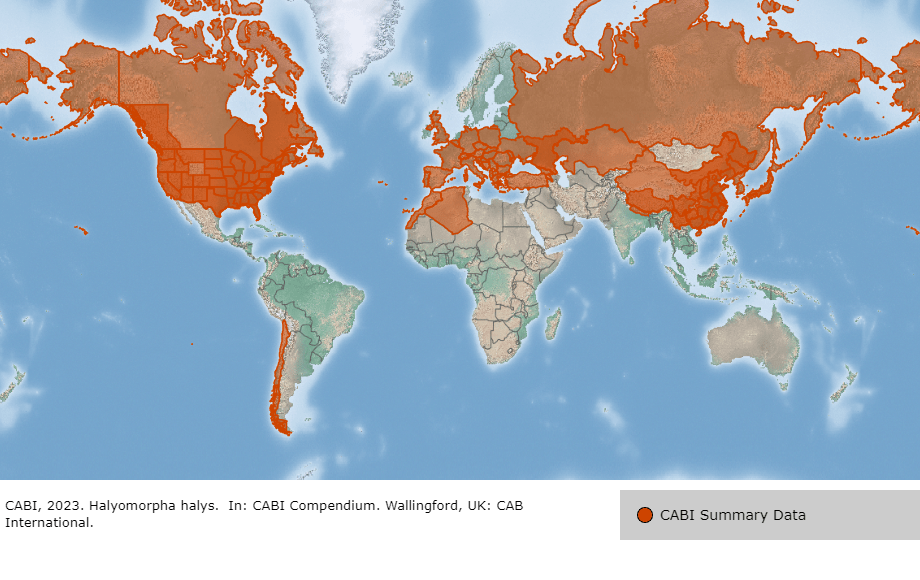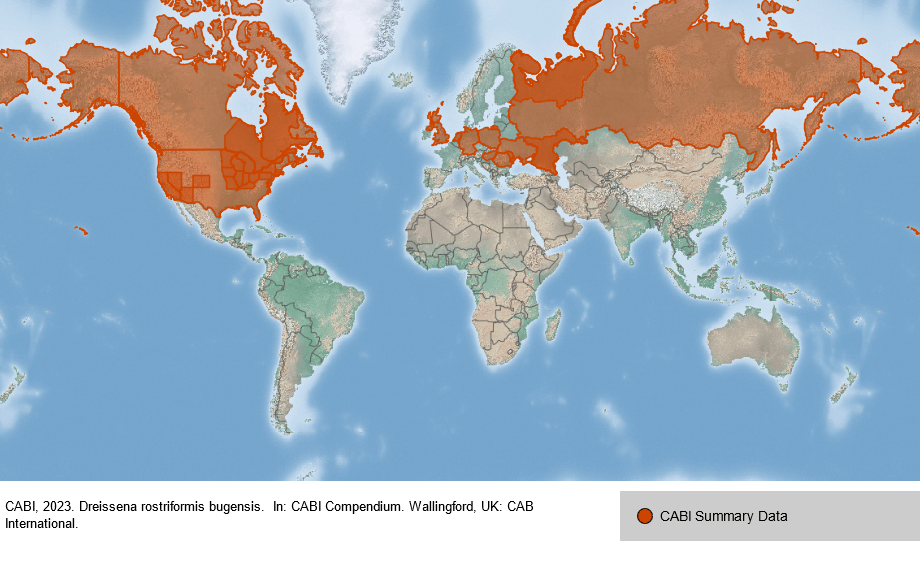 |
Lime seed bug |
Status LU: established. 1st record: 2019. |
 |
Lannewanz |
Status Eur.: established. 1st record: n/a. |
 |
Punaise du tileul |
RA: ISEIA: n/a Harmonia+: n/a. |
 |
Lindenwanze |
Wikipedia:    | Wikispecies: | Wikispecies:  | | |
 |
Lindenspitskop |
Back to the list of neozoa |
Brief description
Oxycarenus lavaterae (Fabricius, 1787) can reach a length of 4.5–5.4 millimetres in adult females, and 4.2–5 millimetres in males. Adult bugs are mostly red, white and black colored. The head, the entire prothorax, the scutellum and the antennae are black. The nymphs can be easily recognized by their black head and the red-colored abdomen.There are usually two annual generations. These bugs are found on and feed upon plants in the family Malvaceae, such as Tilia, Althea, Hibiscus, and Malva.
The original range of the lime bug is the western Mediterranean, including western North Africa and the Canary Islands. The original range in Europe is given as: the Iberian Peninsula, France, north to Aquitaine and Haute-Vienne, almost all of Italy, marginally to Ticino and South Tyrol, and the northwest of the Balkan Peninsula. Since about the mid-1990s, the species began to spread northward and eastward from here. By 2000, Hungary (1994), Slovakia (1995) and Bulgaria were reached, and Austria in 2001. The first German record, from the Upper Rhine plain, dates from 2004, from where the species spread rapidly northward in the Rhine valley. Isolated findings in England, the Netherlands and Finland are based on introduced animals, the species could not establish itself here so far. In northern Germany the species has been detected in Berlin in 2019. In Switzerland, mass occurrences are already reported for 2005. Towards the east, Serbia, Bulgaria and Romania were colonized. Meanwhile, the species also occurs in northern France, as far as Normandy.
In the fall, the bugs congregate on trunks and branches of lime trees, where they form colonies. The mass appearance of these bugs is observed quite often. The bug is considered an invasive pest in some countries (Wikipedia contributors, 2023).
Status and distribution in Luxembourg
Observations of the species in Luxembourg exist since 2019, when it was documented in the City of Luxembourg (Bonnevoie) as well as in the Moselle valley (Grevenmacher, Remerschen), in Rosport-Hoelt and Mondorf-les-Bains (Schneider 2020).
Risk assessment
ISEIA protocol
Not assessed yet.
Harmonia+ protocol
Not assessed yet.
Worldwide distribution
Bibliography
- Schneider, N., 2020. Premières mentions d’Oxycarenus lavaterae (Fabricius, 1787), de Tropidothorax leucopterus (Goeze, 1778) et de Stephanitis takeyai Drake & Maa, 1955 (Insecta, Hemiptera, Heteroptera) au Luxembourg. Bulletin de la Société des naturalistes luxembourgeois 122: 99-102. [PDF 387 KB]
- Wikipedia contributors, 2023. ‘Oxycarenus lavaterae‘, Wikipedia, The Free Encyclopedia, 12 January 2023, 12:31 UTC, <https://en.wikipedia.org/wiki/>Oxycarenus lavaterae> [accessed 2023-01-23]
- Wikipedia contributors, 2023. ‘Oxycarenus lavaterae‘, Wikipedia, The Free Encyclopedia, 28 November 2020, 08:34 UTC, <https://de.wikipedia.org/wiki/>Lindenwanze> [accessed 2023-01-23]
Page content last updated on 2023-09-27. Last proofread by Caroline Grounds on 2023-03-27.
 tional Strategy for Invasive Alien Species. This strategy was drawn up by the Nature and Forestry Administration (ANF), in collaboration with a number of stakeholders, with the aim of preventing the introduction, establishment and management of these species through appropriate measures. The effectiveness of this strategy will be enhanced by the active participation of various stakeholders, including public authorities, local authorities, biological stations, hunters, fishermen, gardeners, landscapers and the general public.
tional Strategy for Invasive Alien Species. This strategy was drawn up by the Nature and Forestry Administration (ANF), in collaboration with a number of stakeholders, with the aim of preventing the introduction, establishment and management of these species through appropriate measures. The effectiveness of this strategy will be enhanced by the active participation of various stakeholders, including public authorities, local authorities, biological stations, hunters, fishermen, gardeners, landscapers and the general public. Brown marmorated stink bug
Brown marmorated stink bug Brong marbréiert Bamwanz
Brong marbréiert Bamwanz Punaise diabolique
Punaise diabolique Marmorierte Baumwanze
Marmorierte Baumwanze Bruin gemarmerde schildwants
Bruin gemarmerde schildwants









